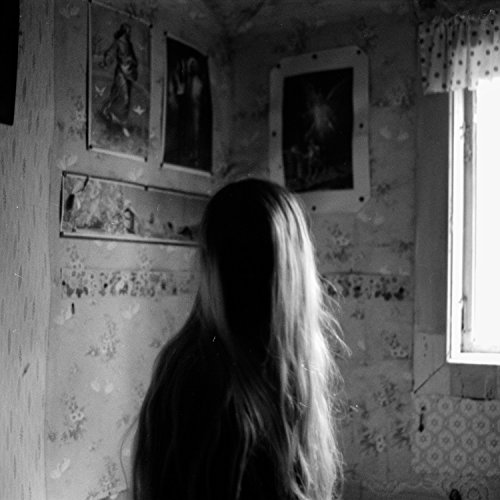
Anna von Hausswolff
The Miraculous
Release Date: Nov 13, 2015
Genre(s): Pop/Rock
Record label: Relativity Entertainment
Music Critic Score
How the Music Critic Score works
Buy The Miraculous from Amazon
Album Review: The Miraculous by Anna von Hausswolff
Great, Based on 8 Critics
Based on rating 8.5/10
Head here to submit your own review of this album. In a recent interview with The Line of Best Fit, Anna von Hausswolff talked about the inspiration for her new album The Miraculous being rooted in a song she wrote two years ago while touring behind her sophomore album Ceremony called 'Källan,' a thirty minute instrumental piece that was inspired by a book of the same name by Walter Ljungquist, that, as she explained, was about "kids on a spiritual journey, their search for something holy, the disappointment of not finding it, their joy in hunting for it, and the importance of letting go of control. " The title is also a reference to another source of inspiration: the childhood stories her family told her about an incredibly beautiful place they used to visit that was unfortunately marred forever by a violent uprising against the country's king which left thousands of peasants slaughtered.
Based on rating 4
It’s been a year of exceptional albums released by female artists. Joanna Newsom satisfied every expectation by serving up her first album in five years to a rapturous response; Björk returned with one of her most personal offerings to date; Julia Holter released her most accessible album without sacrificing an inch of quality; Courtney Barnett issued a debut of brilliantly wry commentary and Torres upped the ante as a possible successor to PJ Harvey. The Miraculous puts Anna Von Hausswolff is firmly in the ranks of such admirable company.
Based on rating 4/5
Part banshee-voiced member of a witches’ coven, part Sweden’s highbrow answer to Mogwai, Anna von Hausswolff is a genuine one-off. Her third album, inspired by a place from her youth that was once the backdrop to a peasants’ revolt, is largely played by von Hausswolff on a 9,000-pipe organ and from first note to last is impossibly intense. Its huge, bone-crushing, folk-goes-metal songs are given extra heft by her otherworldly wail that conjures up images of human sacrifice and a society on the verge of collapse.
Based on rating 8/10
With The Miraculous, Swedish singer, songwriter, and keyboardist Anna von Hausswolff has delivered an album as different from 2013's celebrated Ceremony as that was from 2010's Singing from the Grave. On Ceremony, Hausswolff discovered the sonic possibilities of the cathedral organ. Her four-octave vocal range rose above compositions that wove classically tinged Gothic art pop and skeletal post-rock that touched on Sweden's gloomy operatic and folk traditions.
Based on rating 8/10
Where could Anna von Hausswolff possibly go after Ceremony? That album, released in 2012 was the first big step that she took as a recording artist, rendering what came before almost an irrelevance. As is the case with many flourishing and developing artists it was with her second album that she took the leap to The Next Level. Ceremony was an incredible work, based around a church organ which created a spacious, vast and awe-inspiring backing to tracks laden with doom, and slow but massive changes in tone.
Based on rating 7.8/10
Growing up in Gothenburg, Sweden, the Swedish singer and multi-instrumentalist Anna von Hausswolff occasionally retreated—as so many kids do—to her own alternate dimension. Like all fanciful realms, this hallowed spot, deemed "the miraculous place", honed the young von Hausswolff’s imagination like a gym for the mind. "The border between fantasy and reality was so blurred," she recently told the Quietus.
Based on rating 3/5
There are fairy tales, and then there are fairy tales as told by Anna von Hausswolff, a Swedish artist who composes music on a phenomenally dramatic scale. The latter are definitely worth checking out - seeping with history, imagination and suspense, what Hausswolff has crafted on ‘The Miraculous’ is at times nothing short of the titular word itself. Right from the opening, haunting keys of ‘Discovery’, von Hausswolff charmingly takes you by the hand into her world - before plunging everything into a fantastical, mind-bending darkness.
Opinion: Excellent
Large pipe organs first started to be built in European churches in the 14th century. While much of the music that people at the time heard and played would be dedicated to the glory of God, surely nothing could have prepared them for the sound that now filled their places of worship. As the solemn timbre of the metallic pipes echoed around the stony transept, the congregation must have trembled in their pews before this new instrument of the Almighty.
'The Miraculous'
is available now

